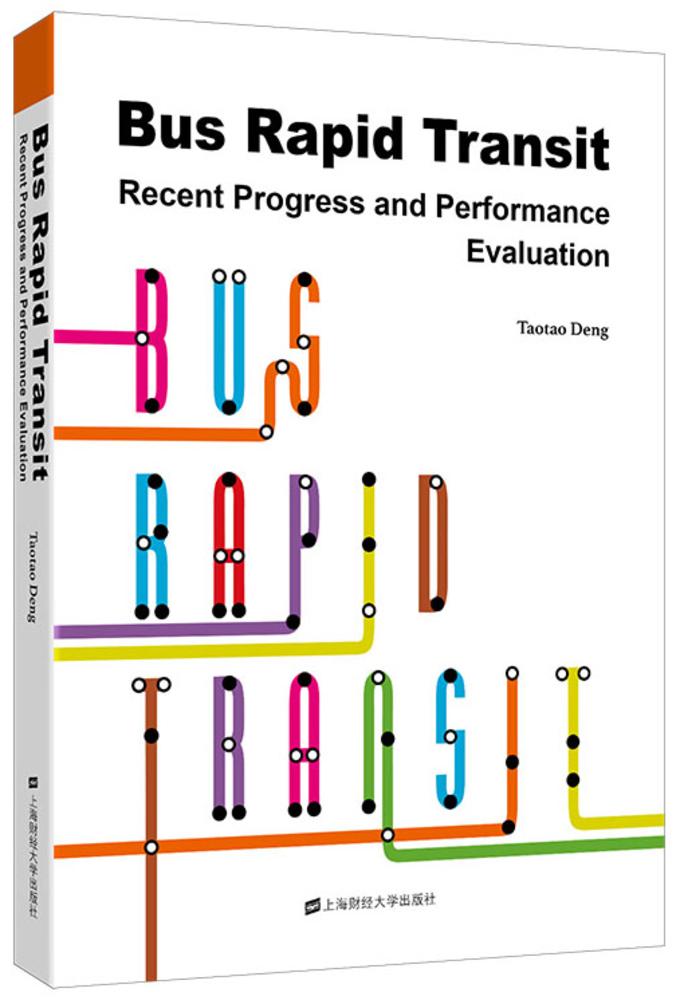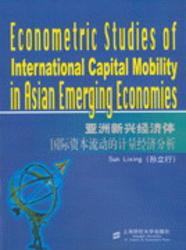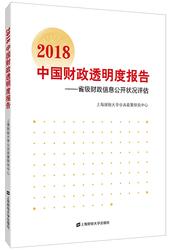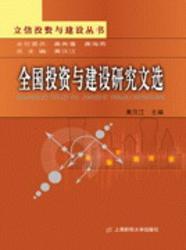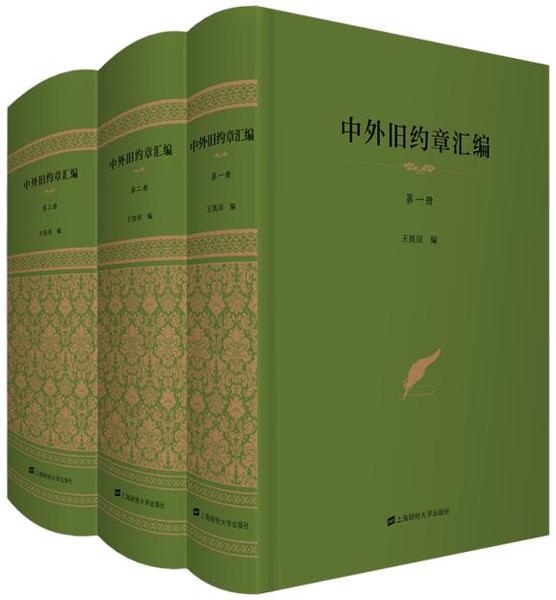Part I
Performance and Benefits of BRT with Global Cases
Chapter 1 Introduction …………………… 3
1.1 Context of the Research ……………… 3
1.2 Research Objectives………………… 9
1.3 Significance of the Research ………10
1.4 Organization of the Book …………12
Chapter 2 BRT Global Practice …………………15
2.1 Basic Concept and Components of BRT ………………………16
2.2 Evolution of the BRT Concept ………………20
2.3 Overview of the Implementation of BRT across the Globe ……24
2.4 Technical Performance of BRT……………44
2.5 Cost Issues and Externalities of BRT …………………………49
2.6 Summary …………………54
Bus Rapid Transit: Recent Progress and Performance Evaluation
Chapter 3 Impact of Mass Transit Systems on Land Development ……………56
3.1 The Concept of Land Development ………………56
3.2 The Impact of Rail Systems on Land Development ……………57
3.3 The Impact of BRT on Land Development ……………………66
3.4 Summary ………………………74
Part II Performance and Progress of BRT Implementation in China
Chapter 4 The Fast Deployment of BRT in China …………79
4.1 Overview of Recent Transport Development in China …………80
4.2 The Applicability of BRT in the Chinese Context: A SWOT
Analysis ………………………………………………………88
4.3 Motivation to Introduce a BRT System ………………………98
4.4 Chinese Cities with BRT Implementation ……………………99
4.5 Summary ……………… 106
Chapter 5 Evaluation of BRT Implementation in China ………… 107
5.1 Physical Characteristics of Implemented BRT Systems …… 109
5.2 Evaluation of BRT Performance in Chinese Cities ………… 111
5.3 Possible Impact of Urban Characteristics on Technical Performance ………………… 117
5.4 The Impact of Physical Characteristics on Technical Performance ………………… 119
5.5 Comparing Chinese BRT with Latin American BRT ……… 121
5.6 Conclusions ………………………………………………… 123
Part III Performance Evaluation of Beijing Southern Axis BRT
Chapter 6 Research Methodology …………… 131
6.1 Specification of Data Requirements………………… 132
6.2 Development of Passenger Survey………………… 135
6.3 Development of Interviews with Key Stakeholder Groups …… 141
6.4 The Measurement Method of Property Value Uplift ……… 145
6.5 Data Analysis Methods ………… 156
6.6 Summary …………… 158
Chapter 7 Analysis of Beijing Southern Axis BRT Corridor ………………… 159
7.1 Description of the Study Area ……………………………… 162
7.2 Beijing Southern Axis BRT Line 1: Implementation and Performance ……… 167
7.3 Analysis of Results from Passenger Survey ………………… 185
7.4 Analysis of Interviews with Key Stakeholders ……………… 215
7.5 Conclusions ………… 238
Chapter 8 Property Value Capture Analysis on the BRT Corridor …………… 241
8.1 Longitudinal Analysis of Property Prices for Catchment Areas and Control Areas ………… 242
8.2 Sensitivity Analysis of Distance Effect with Proximity to BRT Stations ……………… 260
8.3 Quantifying Effects of Proximity to BRT Stations on Residential Property Values ………… 262
8.4 Summary of Statistical Analysis …………………………… 270
Bus Rapid Transit: Recent Progress and Performance Evaluation
Chapter 9 Conclusions and Policy Implications ……………………………… 272
9.1 Key Findings from Empirical Analyses …………………… 272
9.2 Policy Implications and Recommendations ………………… 281
9.3 Limitations of the Research ………………………………… 287
9.4 Suggestions for Further Research …………………………… 288
References ……………………………………………………………………… 291
Appendix 1 Bus Rapid Transit Passenger Survey ………………………… 307
Appendix 2 Interview: Bus Rapid Transit and Land Development ……… 315
Appendix 3 Survey of Real Estate Agents ………………………………… 319
Appendix 4 Survey of Business Owners …………………………………… 325
Biography ……………………………………………………………………… 329

